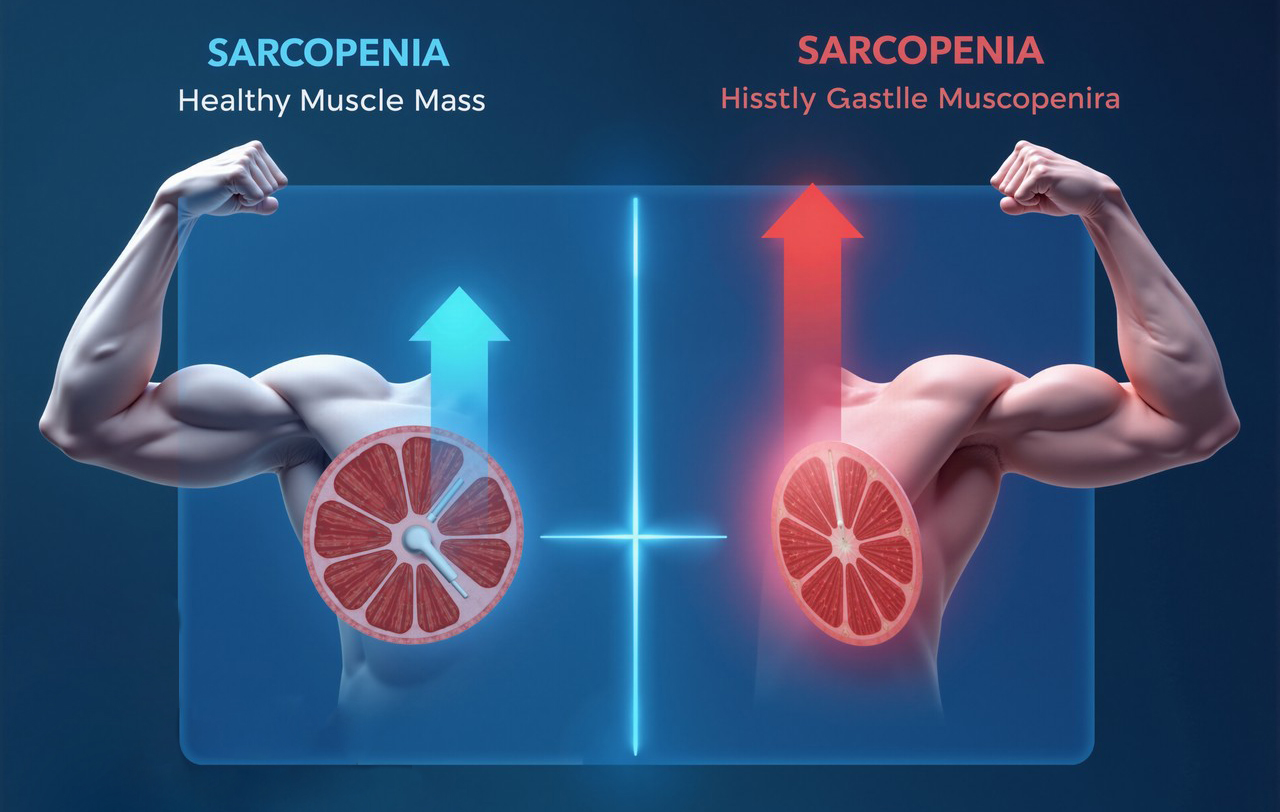2-Deoxy-D-Ribose is a naturally occurring deoxysugar that plays a crucial role as a component of DNA. While it is not typically classified as a drug, it does have some notable pharmacological actions, including:
- Pro-oxidant and Cytotoxic Effects – 2-Deoxy-D-Ribose has been implicated in oxidative stress by generating reactive oxygen species (ROS), leading to cell damage and apoptosis. This has been studied in cancer research, where it exhibits cytotoxicity against tumor cells.
- Apoptosis Induction – It induces apoptosis through mitochondrial pathways, involving the activation of caspases and mitochondrial membrane potential disruption.
- Angiogenesis Inhibition – Studies suggest that 2-Deoxy-D-Ribose can inhibit angiogenesis by suppressing endothelial cell proliferation, migration, and tube formation, making it a potential anti-tumor agent.
- Glycation and Aging – It participates in non-enzymatic glycation reactions with proteins, leading to advanced glycation end-products (AGEs), which are associated with aging and diabetes complications.
- Modulation of Immune Responses – Some studies indicate that 2-Deoxy-D-Ribose can modulate immune functions, including interactions with macrophages and inflammation-related pathways.
- Potential Role in Metabolic Disorders – Its involvement in sugar metabolism and oxidative stress may have implications in metabolic diseases like diabetes and neurodegenerative disorders.

These pharmacological actions make 2-Deoxy-D-Ribose a subject of interest in fields such as cancer therapy, metabolic disorders, and aging research. However, further clinical investigations are needed to explore its therapeutic applications.
Comparison of 2-Deoxy-D-Ribose With Similar Products
2-Deoxy-D-Ribose is a deoxysugar that serves as the backbone of DNA. It differs from its closely related compounds in structure and function. Here’s a comparison with similar sugars:
1. 2-Deoxy-D-Ribose vs. D-Ribose
- Difference: 2-Deoxy-D-Ribose lacks a hydroxyl (-OH) group at the 2′ carbon, whereas D-ribose has it.
- Effect: This absence in 2-Deoxy-D-Ribose increases DNA stability, as RNA (which contains D-ribose) is more prone to hydrolysis.
- Application: 2-Deoxy-D-Ribose is essential for DNA formation, while D-ribose is a component of RNA, ATP, and nucleotides.
2. 2-Deoxy-D-Ribose vs. 2-Deoxy-L-Ribose
- Difference: The L-isomer (2-Deoxy-L-ribose) is the mirror image of 2-Deoxy-D-Ribose and is much less common in biological systems.
- Effect: Only 2-Deoxy-D-Ribose is used in DNA synthesis, whereas the L-isomer does not play a role in normal cellular processes.
3. 2-Deoxy-D-Ribose vs. Deoxyribitol
- Difference: Deoxyribitol is the reduced form of 2-Deoxy-D-Ribose, where the aldehyde group is converted to an alcohol.
- Effect: Deoxyribitol is a degradation product and does not serve as a structural component of nucleic acids.

4. 2-Deoxy-D-Ribose vs. Arabinose (2-Deoxy-D-Arabinose)
- Difference: Arabinose has a different stereochemistry at the 2′ carbon compared to ribose.
- Effect: Some nucleoside analogs (e.g., cytarabine) use an arabinose sugar backbone and have antiviral or anticancer properties, unlike 2-Deoxy-D-Ribose, which is natural to DNA.
Conclusion
2-Deoxy-D-Ribose is unique in its role in DNA stability and function. Its lack of a 2′ hydroxyl group differentiates it from RNA sugars and makes DNA more chemically stable. In contrast, similar sugars serve diverse roles in metabolism, nucleotide synthesis, or as pharmaceutical agents.
